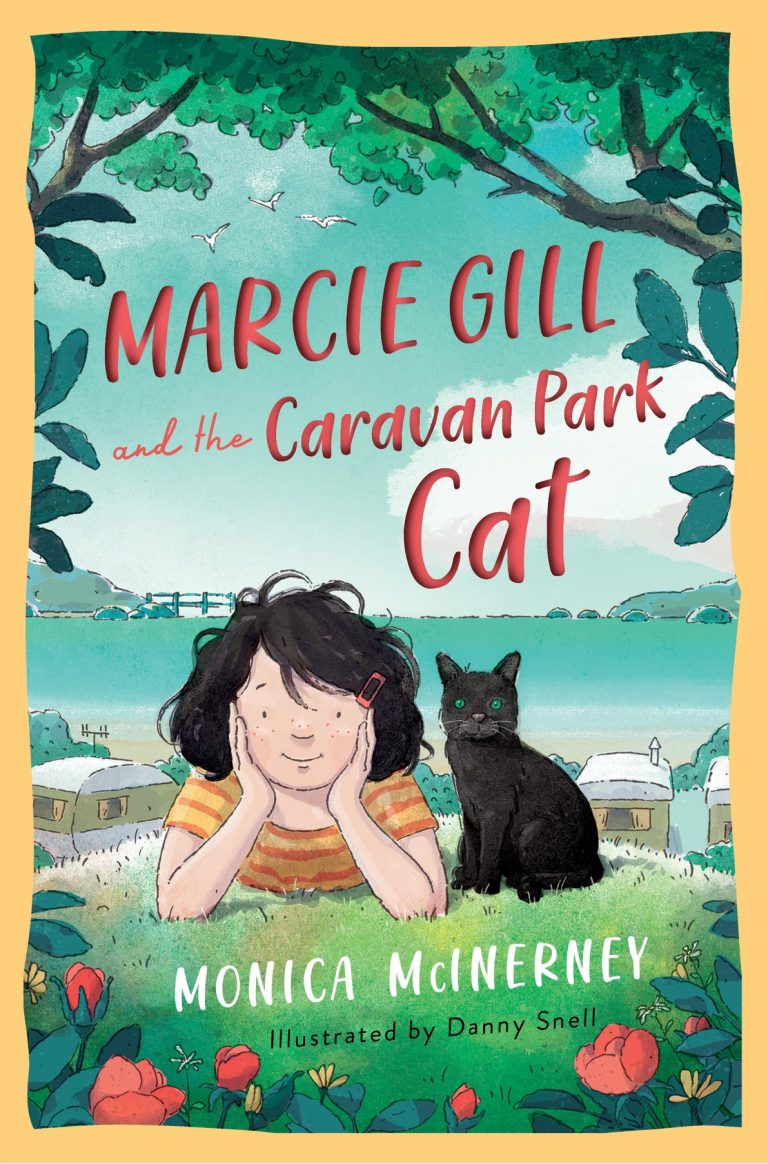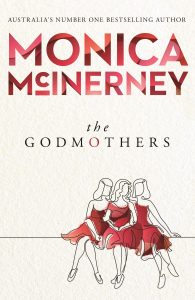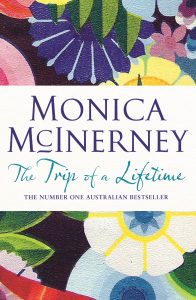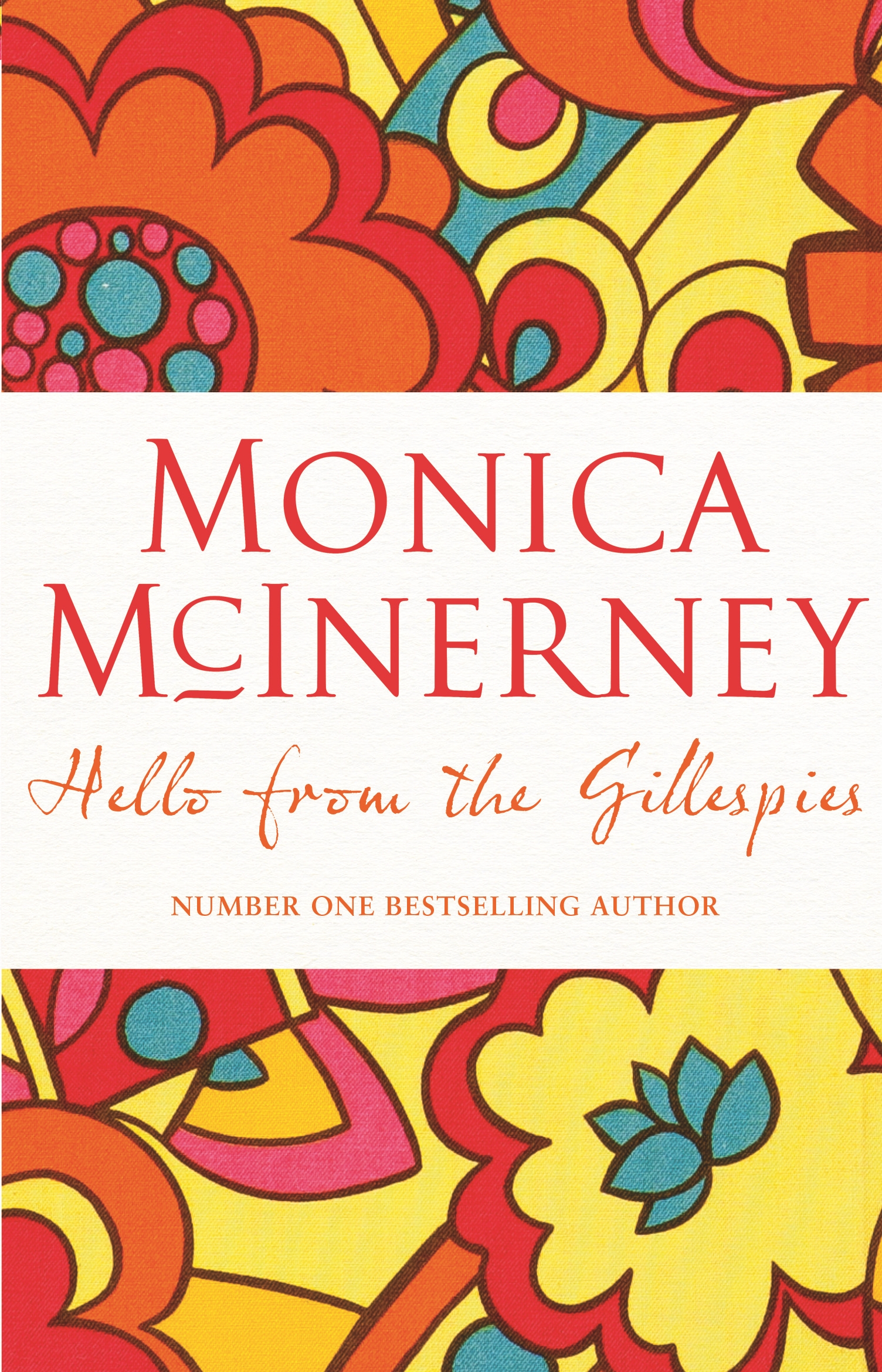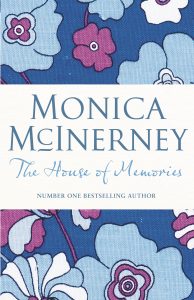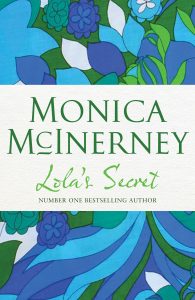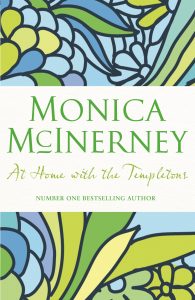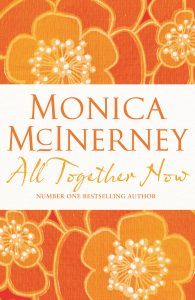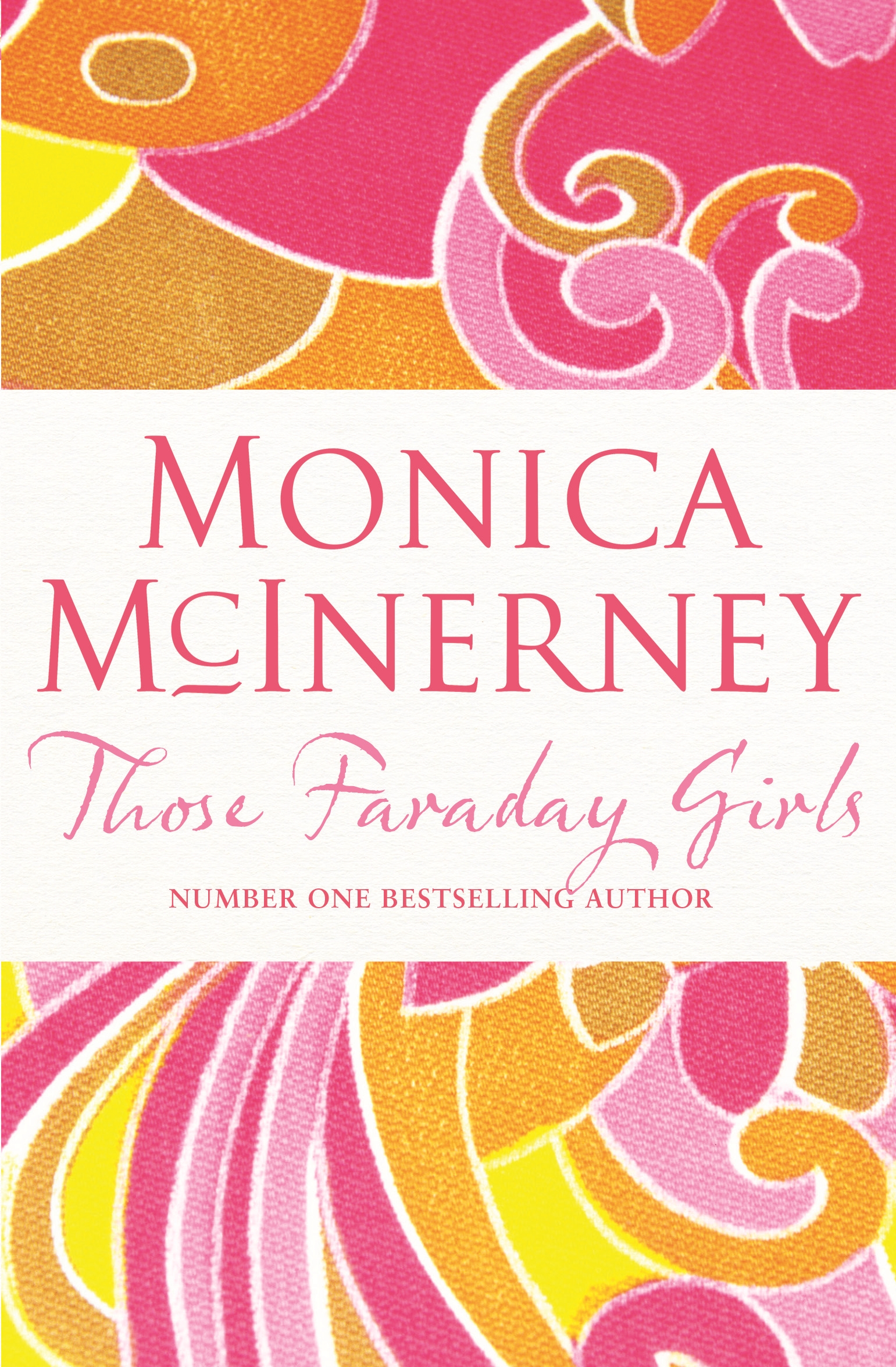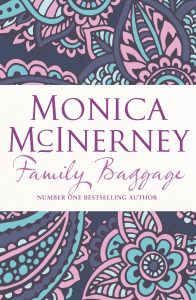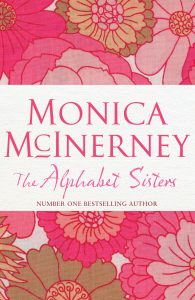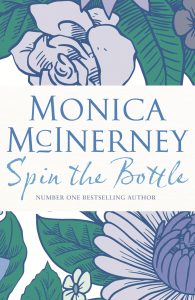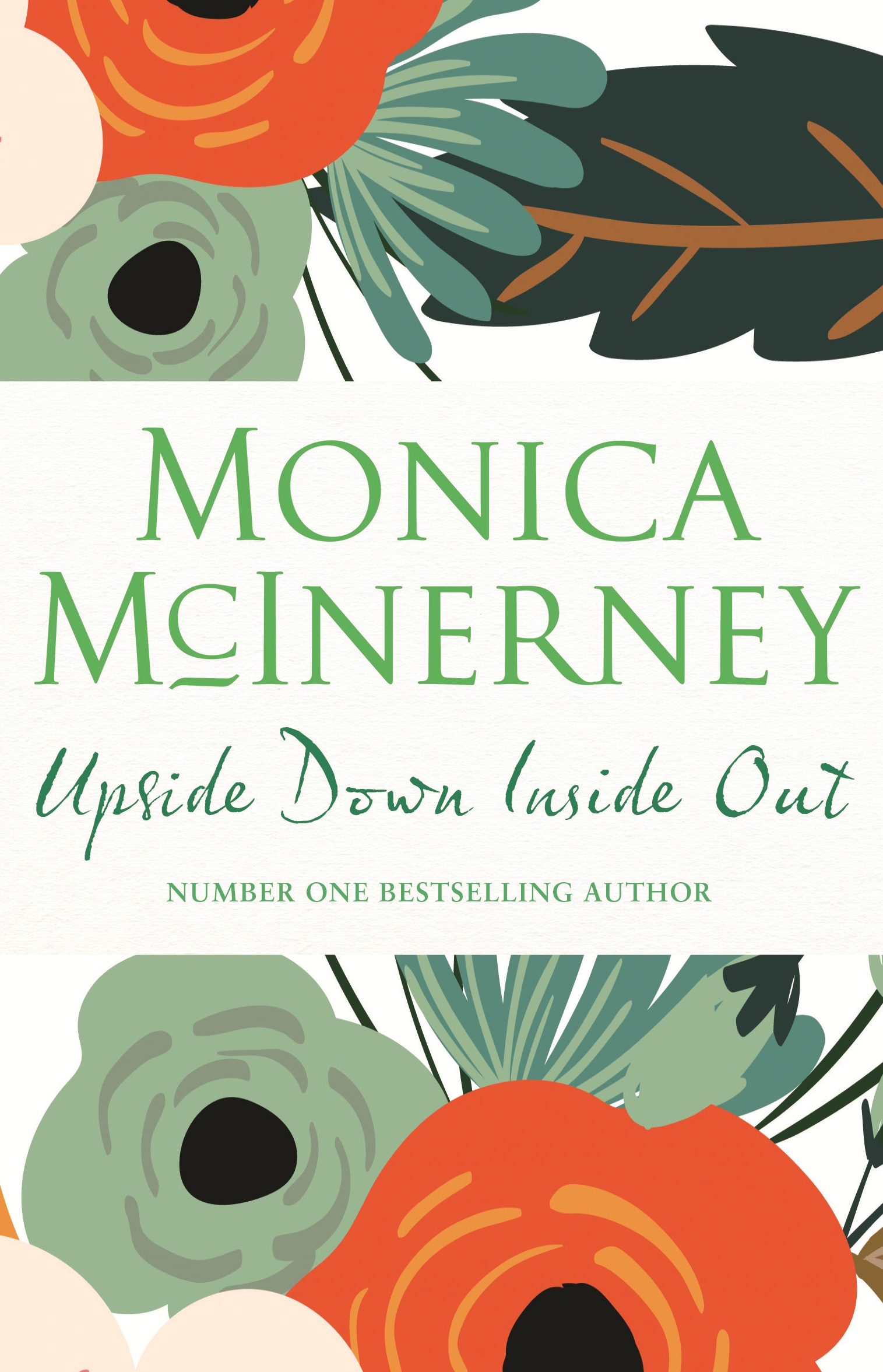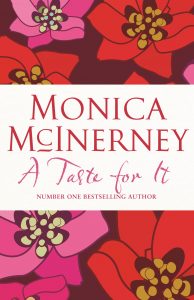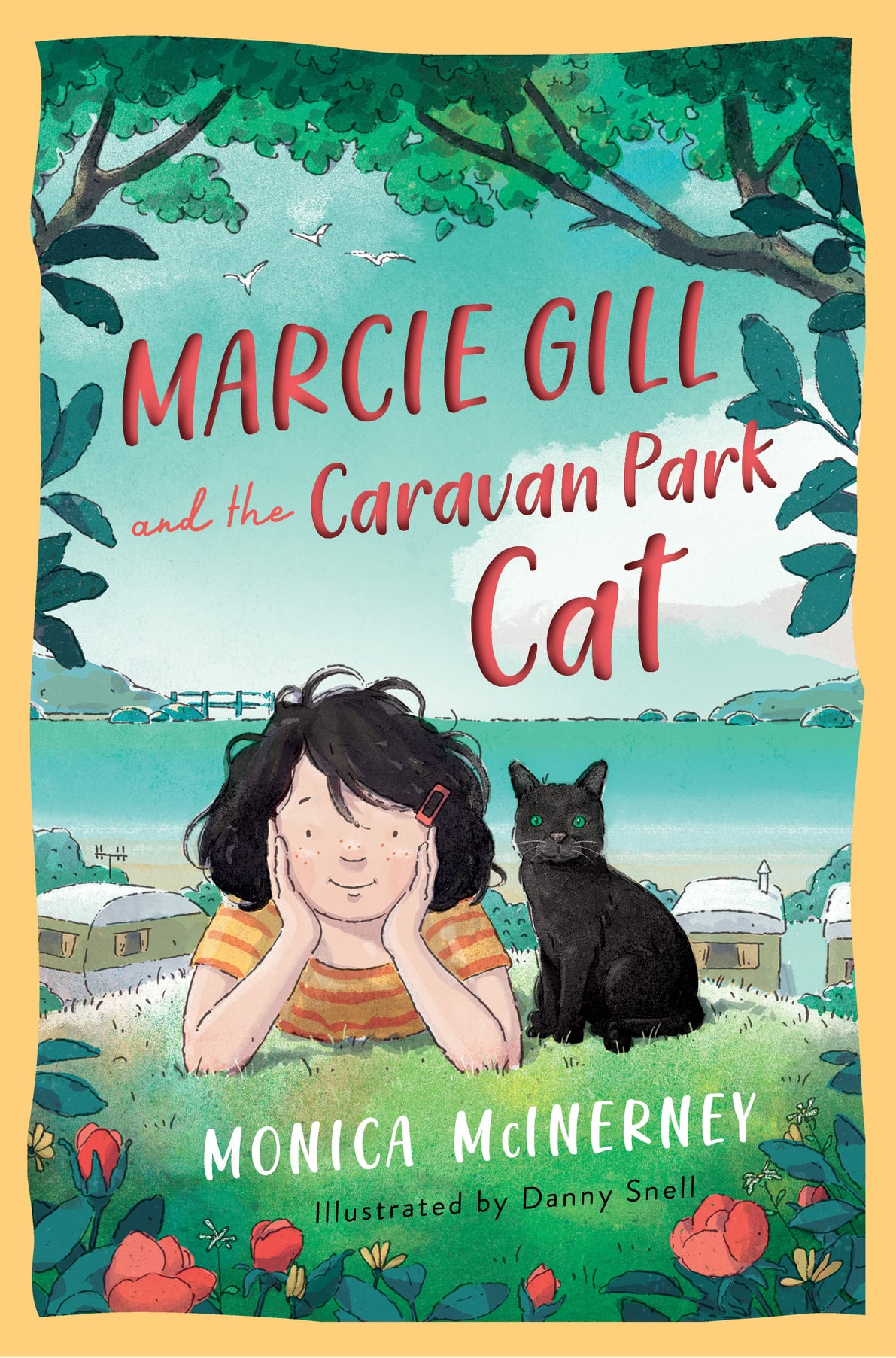A Conversation with Monica McInerney
(Questions by Ellen Edwards, my editor at Penguin Random House in New York.)
Hello from the Gillespies begins with a Christmas letter gone awry—how did this irresistible premise inspire the book?
I’ve been fascinated by the idea of Christmas letters since I was a child. My parents used to receive quite a few each year and I remember being astonished at how much detail people would write about their lives, and how perfect these other families’ lives seemed. The year I turned seventeen, we received one particular letter that was so over-the-top about the family’s achievements that my sister and I felt compelled to write our own parody version. We called it “The McInerney Report” and filled it with breathlessly elaborate (and false) entries about all nine members of our family—our charity work, our exotic international travel, how we had won the bid to host the Olympics in our small hometown . . . We had so much fun doing it, we produced an annual one for the next ten years. It was never circulated—we definitely wrote it for our family’s eyes only!
I suspect that planted the seed to somehow use a Christmas letter in my fiction writing. In 2009, I wrote a short story called “Elizabeth’s News” about a widowed woman in her sixties who deliberately invents an adventurous, false life for herself in her annual letter to amuse herself. She gives herself a husband and two daughters, talks about trips on the Orient Express, a Mediterranean cruise, and she even climbs Mount Kilimanjaro. Two years ago, I happened to reread it, and it got me thinking about the flip side—what if someone wrote a completely truthful letter for once? And what if—some way, somehow—it got sent out? I started writing Hello from the Gillespies that same day.
Everyone has experienced the terror of breached e-mail etiquette, that moment you hit “reply all” with a snarky comment meant only for your best friend. Have you been involved with—either sending or receiving—an unfortunate e-mail like Angela’s?
I’ve had quite a few brushes like that—e-mails or texts being sent to the wrong person, private remarks made when I thought the phone had been disconnected, etc., and so was easily able to describe that moment of realization—the sudden rush of coldness, then heat, then horror. . . . My own real horror story of private information going public thankfully took place pre-Internet. I was packing up to move and had collected a box of books to donate to a nearby charity shop. What I hadn’t realized was that the diary I’d been keeping for my first few years of married life in Ireland had also somehow made its way into the box. I’d poured my heart out onto its pages, filling the diary with all my first impressions of Ireland, my in-laws, what it was like being married. . . . By the time I realized and rushed back to the charity shop, it was too late—the entire box of books had been sold, my diary among them. Even now, all these years later, I still sometimes shudder when I think of my most private thoughts being read by a complete stranger. On the bright side, it made it easy for me to imagine Angela’s horror, multiplying that one set of eyes by hundreds.
The descriptions of Errigal in the Australian Outback are beautiful and evocative. Is Errigal based on a real place?
The Errigal station itself is fictional, but the setting – the Flinders Ranges in outback South Australia – is very real. I grew up just a few hours away and have known and loved the area all my life. I was able to draw on so many memories and images to create the landscape, buildings, birdlife and feel of Errigal. I also had great research help from friends of my family who had lived on a sheep station near Hawker for years. I spent hours talking to them and they gave me so many wonderful details of station life, everything from the number of sheep a station might have, to the lack of mobile phone coverage; the practical difficulties of living in such isolation but also the joys of being surrounded by so much wild beauty. The Flinders Ranges are a wonderful part of Australia; the landscape is extraordinary, not to mention the wildlife—kangaroos, emus, eagles. I took lots of photographs when I was there on my research trip last year, but it wasn’t until I had finished the first draft that I looked at the photographs again. All the descriptions of that huge sky, the vivid colors, the curve of the Chace Range, the sounds of the birds, came from my memory.
You create believable characters with human flaws whose positive traits still make them appealing to readers. (Genevieve in Hello from the Gillespies is a favorite—her humor and loyalty make her likable despite her short temper and penchant for gossip.) What’s your secret?
I think it’s that my characters really do feel like real people to me – and real people don’t have just one personality trait. We are all different shades. I see it in myself, in my friends, in my family. Most of us strive to be the best version of ourselves—kind, patient, generous—but there are always flashes of other traits—impatience, anger, selfishness—that fight their way to the surface. It can so often depend on who we are with. In Genevieve’s case, for example, she is endlessly patient with Victoria, but Lindy gets under her skin. That’s the fun of writing fiction about family—all those different personalities under one roof means a constant supply of light and shade, drama and comedy.
The book deals not only with immediate families, but also ancestry – Angela’s husband Nick is obsessed with geneology. Have you ever explored your family tree? What interesting things did you find out about the McInerneys?
Like Nick, I was always very aware of my own Irish background. My great-grandparents on both sides were from County Clare in the west of Ireland. My father’s family, the McInerneys, came from Ennis, my mother’s – the Hogans – from a small village called Kilfenora, all emigrating to Australia in the 1840s and 50s. The Clare connections run deep in me – my six brothers and sisters and I were also born in a place called Clare, a small town in South Australia, founded by a Co Clare man called Edward Gleeson. I always loved those different Clare links, and when I first moved to Ireland to live 25 years ago, one of the first places I visited was my ‘home’ county. I do feel a connection to it – helped I’m sure by the fact that many shops and pubs in Co Clare have the names McInerney or Hogan on them.
I grew up hearing all sorts of stories about my Irish ancestors. Family folklore has it that my mother’s side of the family were all great musicians, and apparently arrived via ship in Australia with very few clothes or practical items, but with a great number of musical instruments. We also grew up hearing the story of my father’s grandfather. He had been a political activist in Ireland in the 1800s, and was forced to go into hiding for his activities. After time on the run, he decided his only choice was to go to jail or emigrate to America. He chose emigration, leaving it to his wife to secretly arrange their passage. However, she apparently decided New York wasn’t far enough away to keep him out of trouble, and took matters into her own hands. It wasn’t until they were miles out to sea that she told him they were in fact heading to Australia. History never recorded his response to that piece of bombshell news…
Your books are #1 bestsellers in your native Australia and your books are published around the world. What do you think readers respond to in your novels?
I’m sure it comes down to one word – family. There’s a great Chinese proverb: No family can hang out the sign, ‘Nothing the matter here’ and in my experience that holds true across the world. I’ve been very lucky to go on book tours to different countries —Australia, New Zealand, the USA, Italy, Ireland, the UK, even Hong Kong—meeting readers of all ages, male and female. What’s struck me each time is how similar everyone’s family experiences are. I might be writing about a family in small-town Australia, or rural Ireland, but readers in different countries tell me it’s as if I am writing about their lives too. No matter where we live, we’ve all been through the joy and the grief, and the ties and tensions of family life.
One last question: What 2014 highlights will you include in your Christmas letter this year?
2014 was an incredible year for me. I learned to water ski, a long-held ambition. I also took part in a six-week circus workshop, mastering fire-eating, juggling and basic tightrope walking. I travelled widely, visiting Vietnam, France, Samoa and the Galapagos Islands. I signed up to the space tourism program and hope that 2015 might bring a trip to Mars. This year was also a busy one for my family. At the age of 75, my mother took up salsa dancing and appeared on an Australian TV reality dance show, coming joint runner-up. My six brothers and sisters and I recorded a country-and-western covers album, and are now in the early stages of planning an international tour to promote it, hopefully including a ten-city tour of the USA. One of my nieces continues to have an on-again, off-again relationship with a member of One Direction – unfortunately we’ve been sworn to secrecy so I can’t name names here (but it is the Irish one.)
Or perhaps I have fallen back into my old ways with the McInerney Report and none of the above is true?? I’ll leave it to you to decide!
